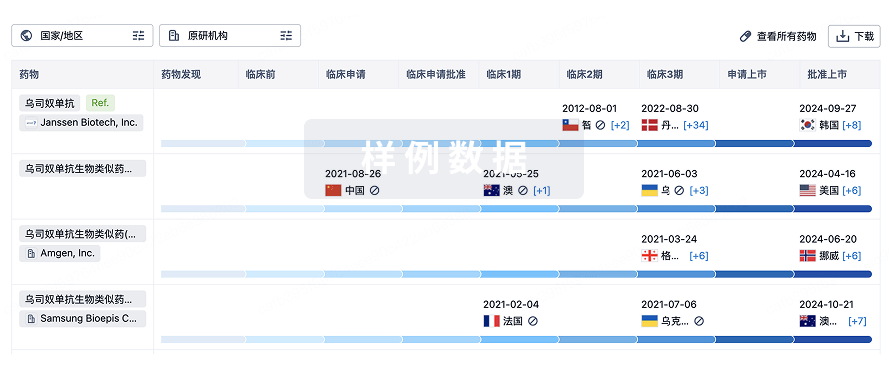Glucagon-like peptide-1 receptor (GLP-1R) is an emerging critical target for the diagnosis and treatment of various diseases. Radiolabeled exendin-4 (Ex-4), a GLP-1R agonist, has been widely used as an imaging probe. However, its potential to induce hypoglycemia, especially in patients with insulinoma, limits its applicability. This study evaluated whether Ex-D3, a Glu3Asp substitution of Ex-4 with a higher internalization rate, could enhance the imaging efficacy of Ex-4 while reducing its hypoglycemic effects. We synthesized derivatives with an additional C-terminal Cys (Ex-D3-C40) for site-specific 125I labeling. Surface plasmon resonance analysis revealed that C-terminus modification did not significantly alter the binding affinity of Ex-D3-C40 to GLP-1R. In vivo studies in mice demonstrated that Ex-D3-C40 induced weaker hypoglycemic effects than Ex-4-C40. Biodistribution studies showed that 125I-labeled Ex-D3 ([125I]I-Ex-D3) achieved significantly higher pancreatic accumulation and higher pancreas-to-blood and pancreas-to-muscle ratios than [125I]I-Ex-4. Ex vivo autoradiography confirmed the binding specificity of [125I]I-Ex-D3 to GLP-1R-expressing pancreatic β-cells. These findings indicate that Ex-D3 is a promising parent peptide for the development of superior GLP-1R imaging probes with reduced hypoglycemic risk, highlighting the importance of considering pharmacological effects in designing molecular imaging probes.








